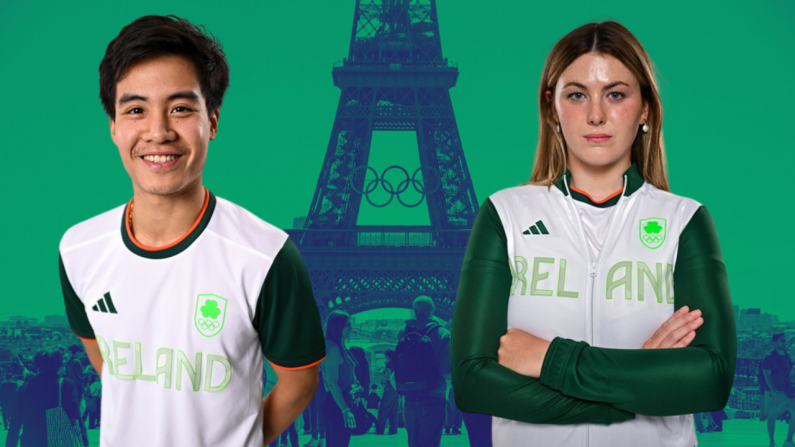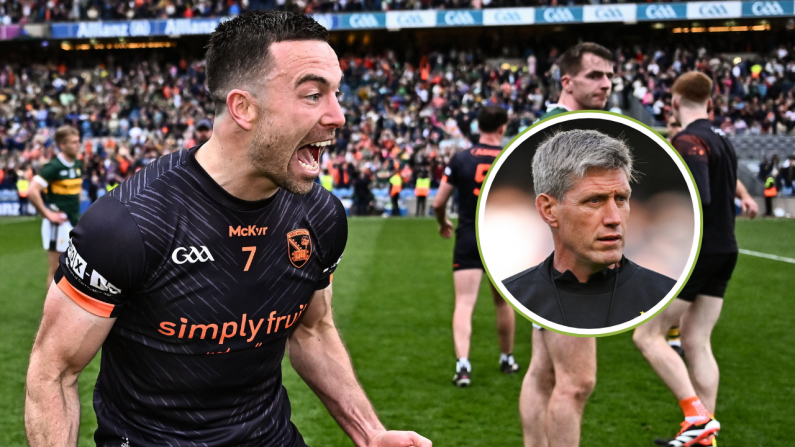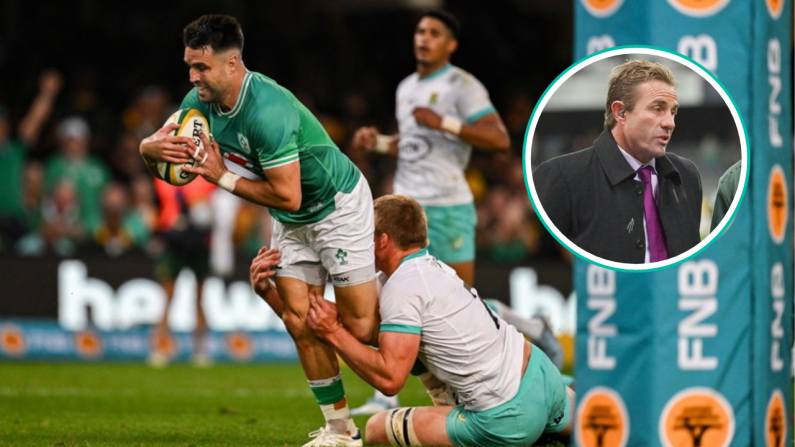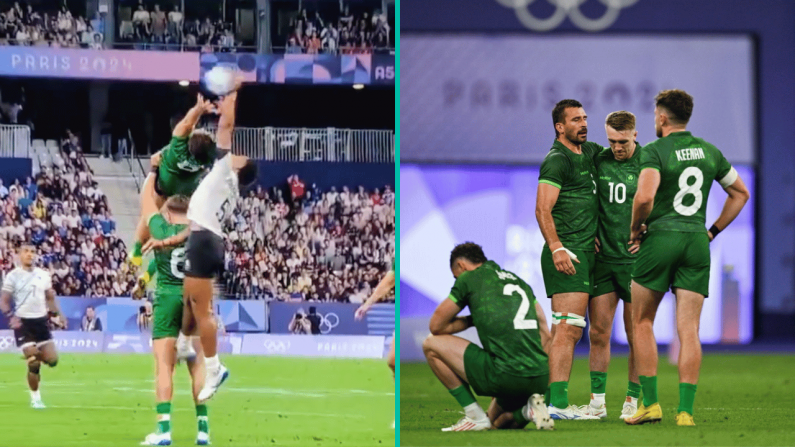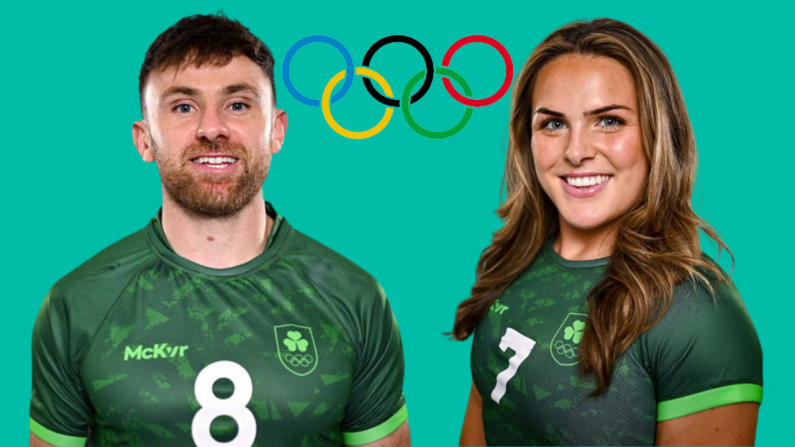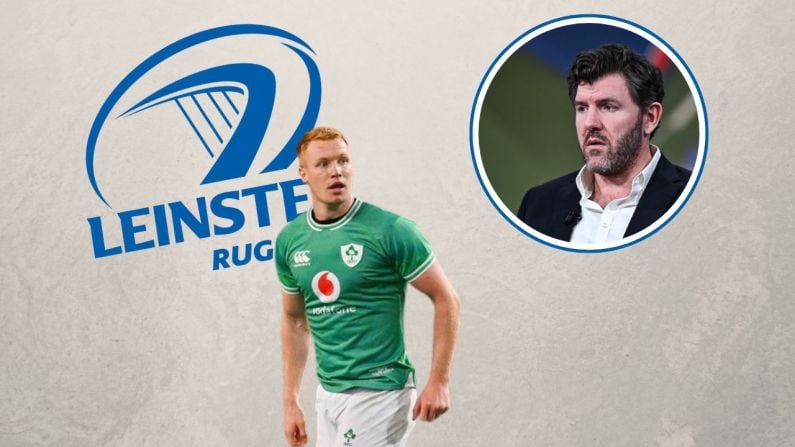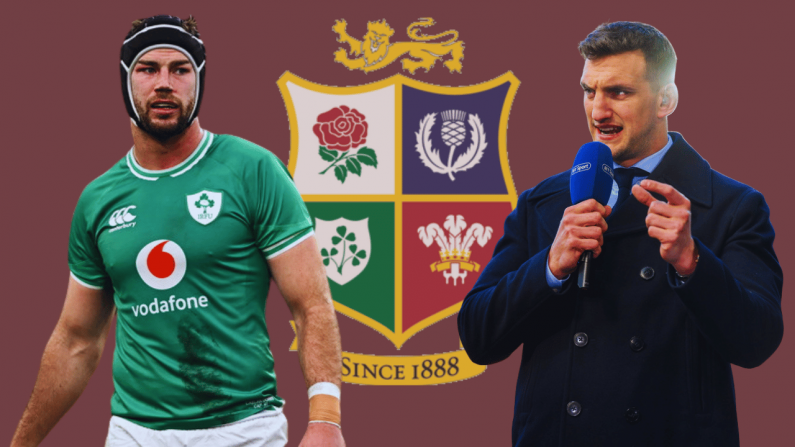It is less than a year since Jacob Stockdale spoke out about having to delete the Twitter app from his phone. He had developed an unhealthy habit of checking comments immediately after games and the bile was starting to take its toll.
One can only hope fellow Irish prospect Ronán Kelleher had the good sense to avoid social media in the aftermath of Saturday's 18-7 loss against England.
A quick search will tell you the Leinster hooker is the latest in a long line of Ireland hookers blamed for a misfiring set-piece. When the lineout malfunctions like it did on Saturday, the thrower is an easy scapegoat. Yet these are structural faults that were evident before the 2019 World Cup. What was once a profitable strength has become a costly defect.
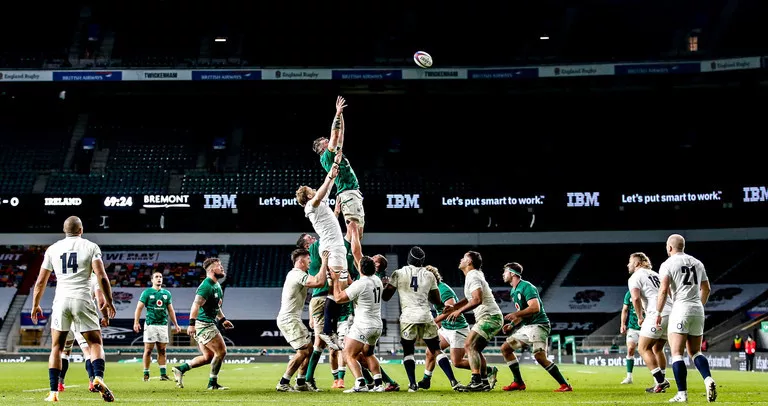
Over the past twelve months, plenty of players have had the opportunity to audition for the starting berth. Rory Best's retirement and Sean Cronin's age meant the chance was there for one of Rob Herring, Dave Heffernan, Niall Scannell or James Tracy to stake a claim.
Despite a tough outing with his darts against Munster last August, Kelleher has unquestionably been the standout option. His physicality and energy are exactly what Ireland need from their number 2.
There is no doubt that his accuracy is an issue. In this year's Six Nations, Ireland's lineout operated at just under 90%. With the 22-year old throwing yesterday, Farrell's outfit lost four of their own lineouts in the opening half-hour.
But it would be a mistake to put the entirety of the blame at Kelleher's door. The selection of a 122kg Quinn Roux makes sense for the scrum but not for the lineout. Iain Henderson was not introduced until the 50th minute and by then, the damage was done.
On big occasions over the past year, the lineout has struggled when put under pressure. Simon Easterby and John Fogarty will know that it is about more than the feed. Writing in his autobiography, Rory Best explained that Joe Schmidt actually said the same. While publicly many pointed to Best's throws, the former Ireland coach felt it was down to collective failings.
"Forget about the lineouts because that was a combination thing. They weren't good, you didn't throw some of them particularly well, people didn't lift, people dropped balls," Schmidt told his captain.
Similarly, James Ryan has shouldered some blame for poor calls. Interestingly, when analysing Ireland's lineout last year, Leinster lock Scott Fardy suggested the support network for the play-caller isn't there.
"There is an onus on the caller but there is an onus on every player to feedback information to the caller to make sure it is easy for him," he explained.
"He has a lot going through his head. He usually has a call from a five-eight to come on a set play. If you have a prop or another second row to give feedback on where the options are, what they are doing, what their trends are, it makes a big difference."
Both teams were successful with their opening lineouts as neither competed in the air. Ireland's troubles started shortly after that, however, with a clear overthrow.
The call is to Quinn Roux jumping at the back of a six-man Ireland lineout but the throw is too high.

England's second try came after a poor Irish lineout. This time, the call is to Peter O'Mahony, their strongest jumper. Kelleher fails to find his target again.

57' England 18-0 Ireland - Here's that brilliant second Jonny May try #RTErugby pic.twitter.com/5lDLYvVlSu
— RTÉ Rugby (@RTErugby) November 21, 2020
At this stage, England smell blood and begin to target the Irish lineout. Previously they did not compete in the air but midway through the first half, they elect to start pressurising every throw.
Trailing 12-0, Ireland have a lineout in a promising attack position. As they get into formation, Jamie George identifies James Ryan as the target, calls out and points at him.

Roux dummies at the front. It is an obvious stunt and does not fool the defence.

The throw is perfect but Mario Itoje jumps with Ryan and gets a hand to the ball.

A common criticism of this team is their inability to react in-games. After England apply the squeeze, things went from bad to worse. At this stage, Ireland just need to retain the ball and ride out the storm. A few calls to their strongest jumper at the front would make do but they continue to persevere with difficult calls to the middle and tail.
At the next lineout, England put up two jumpers and really pressurise Kelleher.
Again, Ireland call a six-man lineout and do nothing to spread out the defence. There is little movement or cohesion and the call is predictable. Cian Healy is the front lifter with CJ Stander positioned as the front jumper.
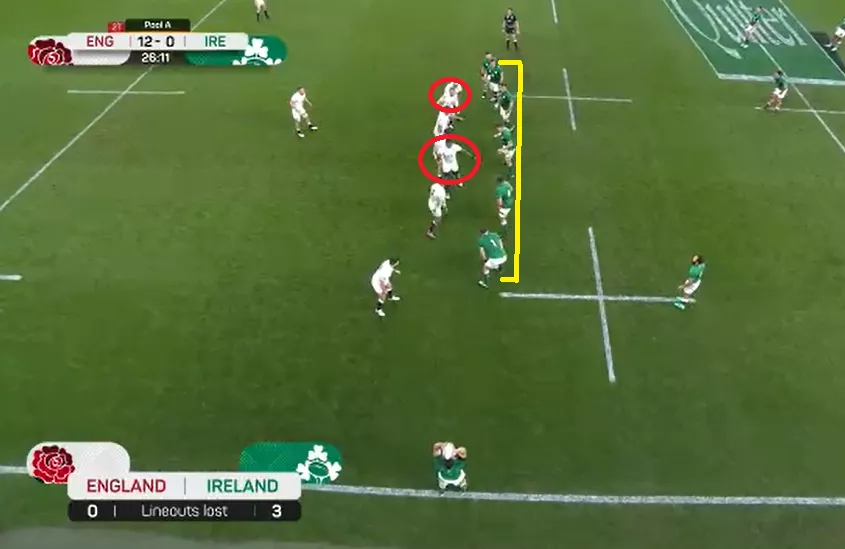
The call is to Ryan at the back. Itoje and Joe Launchbury both jump and disrupt ball.

After the game, Andy Farrell fixated on the personnel changes. The fact is that the set-piece has wobbled despite various rearrangements. Collective failings continue to ensure Ireland cough up possession cheaply. It will take more than new faces to fix this problem.





